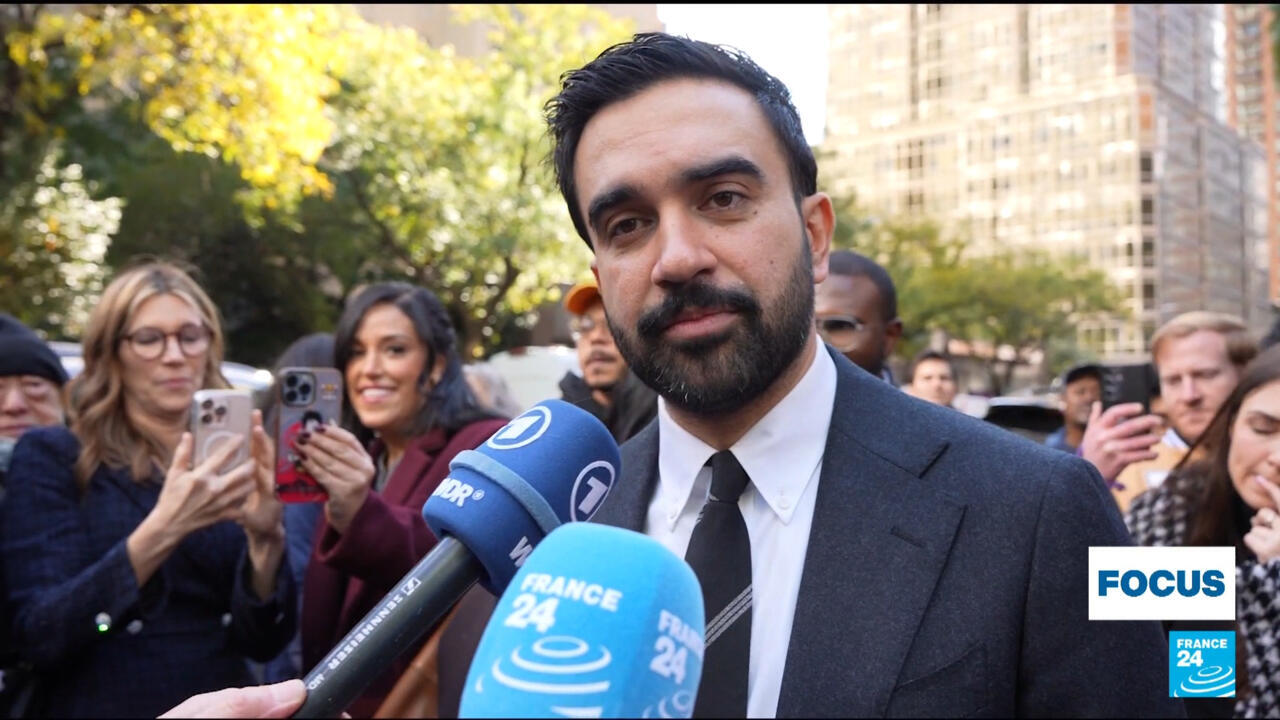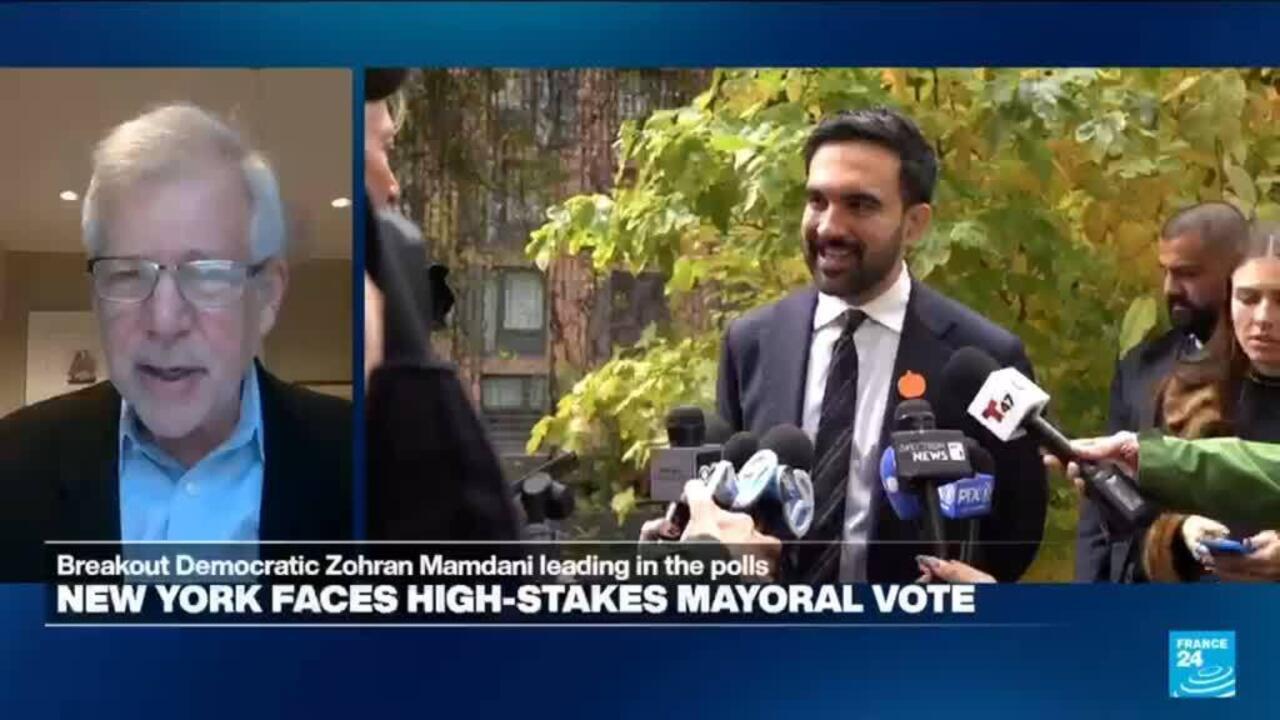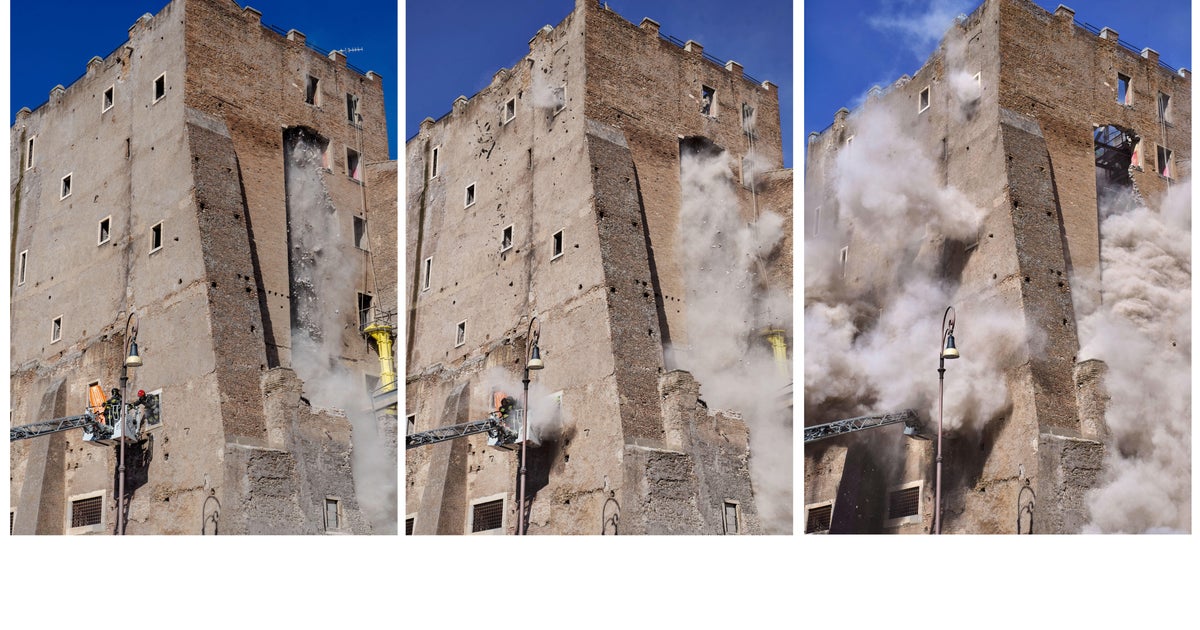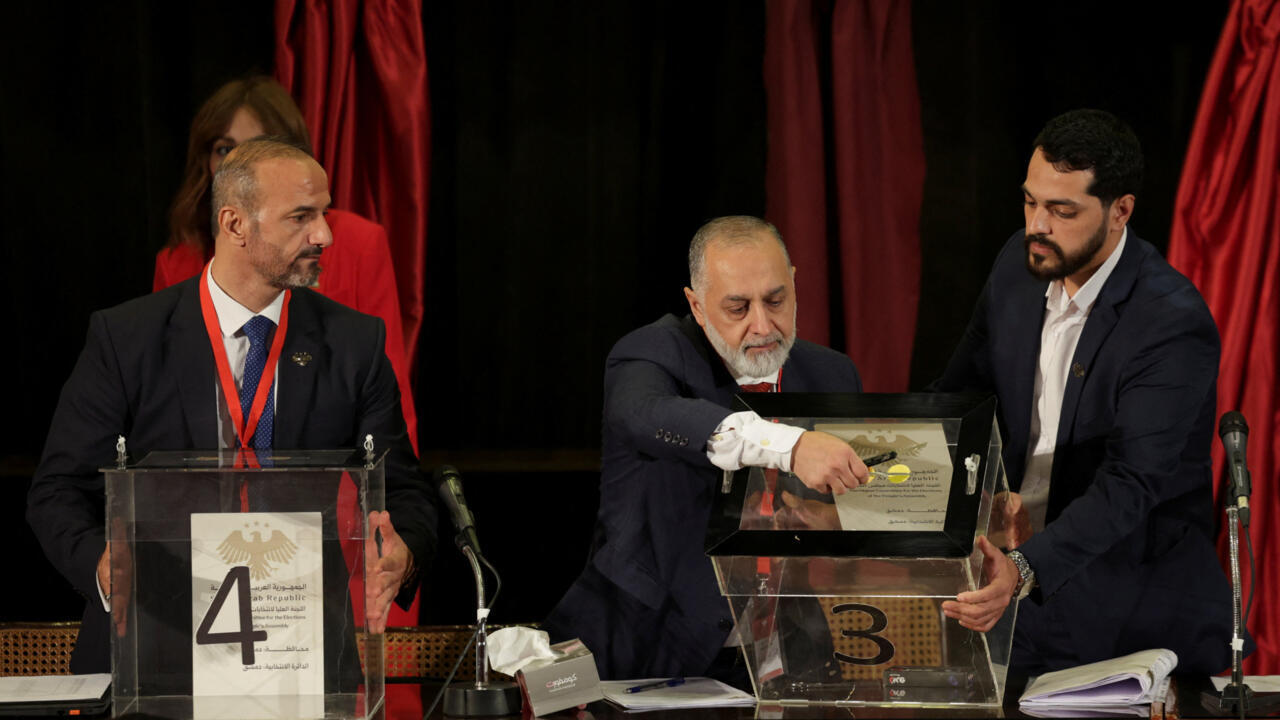The numbers make uneasy reading. According to the most recent data, New York’s vacancy rate sits at just 1.4 percent – the lowest it’s been since 1968. Of the 185,000 multi-family homes built in the decade leading up to 2020, less than a third were actually affordable for low-income households. It’s not enough – the vacancy rate among units renting for less than $1,100 a month sits at less than 0.4 percent.
Simply put, finding a place to live in New York is as hard as it’s been in more than half a century – and those who’ve managed to find a place to rent are paying dearly for it. Roughly 70 percent of New Yorkers are renting, and more than 3 million tenants spend 30 percent or more of their yearly income on rent alone. For one in five New York renters, more than half of what they made every year went straight into keeping a roof over their heads.
None of this, of course, is news to the millions of people living in New York – or for the tens of millions of people across the US and beyond who have seen their social media saturated with viral clips of the city’s mayoral candidates making their last-ditch pitch for the job. While the three candidates have vastly different philosophies when it comes to housing, all of them have put the issue at the centre of their campaigns.
New York mayoral race: On the campaign trail with Zohran Mamdani
To display this content from YouTube, you must enable advertisement tracking and audience measurement.
One of your browser extensions seems to be blocking the video player from loading. To watch this content, you may need to disable it on this site.

05:42
No one has captured the imagination of New York’s beleaguered tenants like front-runner Zohran Mamdani, the self-described democratic socialist who secured the Democratic nomination after a successful underdog campaign earlier this year. Relentlessly focused on tackling New York’s cost-of-living crisis, the charismatic 34-year-old has put the promise of affordable housing at the very heart of his bid for the city’s highest office.
It seems to have struck a chord. In the primary, Mamdani handily won renter-majority districts, which also saw a surge in turnout compared to previous elections. By contrast, former state governor Andrew Cuomo, who will be facing off with Mamdani again tomorrow as an independent, carried the districts with the highest concentrations of homeowners.
It’s easy to see why renters may have been more likely to turn out for the young assembly member. Mamdani, who worked as a foreclosure-prevention housing counsellor before being elected to the New York State Assembly in 2020, is campaigning on a four-year rent freeze on the city’s rent-stabilised apartments – almost half the apartments in the city, sheltering some 2 million people.
Designed to stop landlords imposing steep rental spikes on their tenants, the city’s rent stabilisation programme places annual rent increases in the hands of a board of nine people appointed by the mayor – two to represent owners, two for renters, and five picked from the broader public.
If he’s elected mayor, Mamdani has pledged to name fresh faces to the board who would have little qualms about freezing rents where they are – as former mayor Bill De Blasio did on no less than three occasions over the past decade.
Russell Weaver, research director for the School of Industrial and Labor Relations at Cornell University in Buffalo, said these regulated apartments were themselves a legacy of the same kind of mass renter mobilisation that may have helped Mamdani secure the Democratic nomination.
“New York City is a city of tenants, so the struggle and collective organising and action of tenants has played a larger historical role in housing policy in NYC than in most other places in the United States,” he said.
NY mayoral election: What Mamdani’s rise means for progressives
To display this content from YouTube, you must enable advertisement tracking and audience measurement.
One of your browser extensions seems to be blocking the video player from loading. To watch this content, you may need to disable it on this site.

06:32
But while these million-odd apartments have given tenants some protection from eviction and rent-gouging, he said, the rest of the city’s housing stock had struggled to escape the financial speculation for which the city has long been known.
“Although rent regulation has kept housing relatively more affordable for the nearly one million households now living in rent-regulated units, NYC is a global city and financial centre where housing is always in high demand,” he said. “Coupling strong and stable demand with the contemporary rise of private equity and the unchecked commodification of housing outside of the rent-regulated space, NYC has found itself in an ongoing and slow-burning housing crisis.”
In addition to the short-term fix of a rent freeze, Mamdani has set himself the ambitious goal of building some 200,000 “publicly subsidised, permanently affordable, union-built, rent-stabilised homes” over the next 10 years.
He has said he will mobilise some $100 billion to make this happen – $70 billion of which will be raised by issuing municipal bonds. But as the city would effectively be borrowing beyond its debt limit, this would need state approval – which it may not get.
Cuomo has rejected the idea of a rent freeze out of hand, arguing instead that “creative financing” is needed to pay for the affordable housing projects that his housing proposal says the market has failed to deliver.
Cuomo, who ran the US Department of Housing and Urban Development under president Bill Clinton, has said that he would immediately get to work breaking through the city’s backlog of affordable housing applications and speed up building new homes. Alongside a “carrot and stick approach” to landlords keeping rent-stabilised apartments vacant, he said, this would result in 80,000 new affordable housing units being “rapidly developed or returned to the market”.
"Market rate housing has a role in the market and New York should welcome residents who bring badly needed economic resources to the City," his proposal says. But local authorities also "need to build or preserve 500,000 new housing units over the next 10 years, two-thirds of which are affordable for the majority of people who live here now or would relocate here but can’t afford the cost of housing".
Read moreIs New York mayoral candidate Zohran Mamdani the future of US Democrats?
While wildly different in scope, both approaches call for state and city governance to take a more muscular approach in making sure New Yorkers can afford to live in their city.
“The current political moment in the US is a paradoxical one, in which there is widespread distrust of government and interest in shrinking the public sector from the top down – but where city and state officials, agencies and coalitions are increasingly aware of the ways in which the ‘free market’ is leaving their constituents behind,” Weaver said.
“So states like New York and cities like NYC are, even more than in the past, becoming laboratories of innovation and experimentation for re-evaluating the role of government in the economy.”
Weaver said that the mayoral race had already shown a hunger for candidates campaigning on a break from the past.
“Figures like Mr. Mamdani are winning support because they are explicitly saying that the ‘free market’ approach, and the status quo economic system, have failed to take care of working and vulnerable people,” he said.
“And as concerning economic conditions like inflation, job loss and disinvestment continue to grow the population of ‘vulnerable’ or ‘precarious’ persons in places like New York and NYC, I imagine we can expect the language of systems-level change – and candidates who adopt that language – to have more success at the state and local level.”











 English (US) ·
English (US) ·